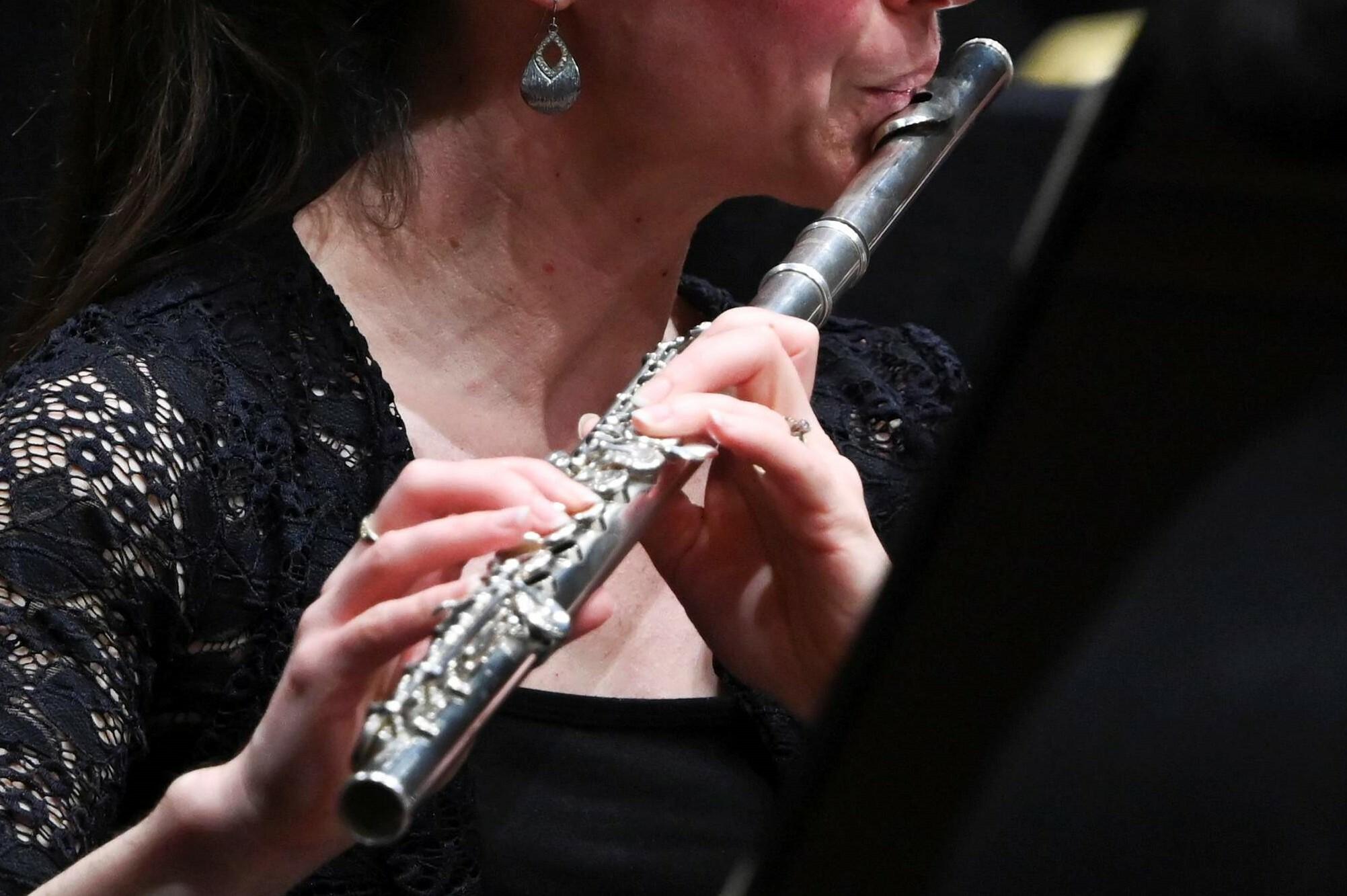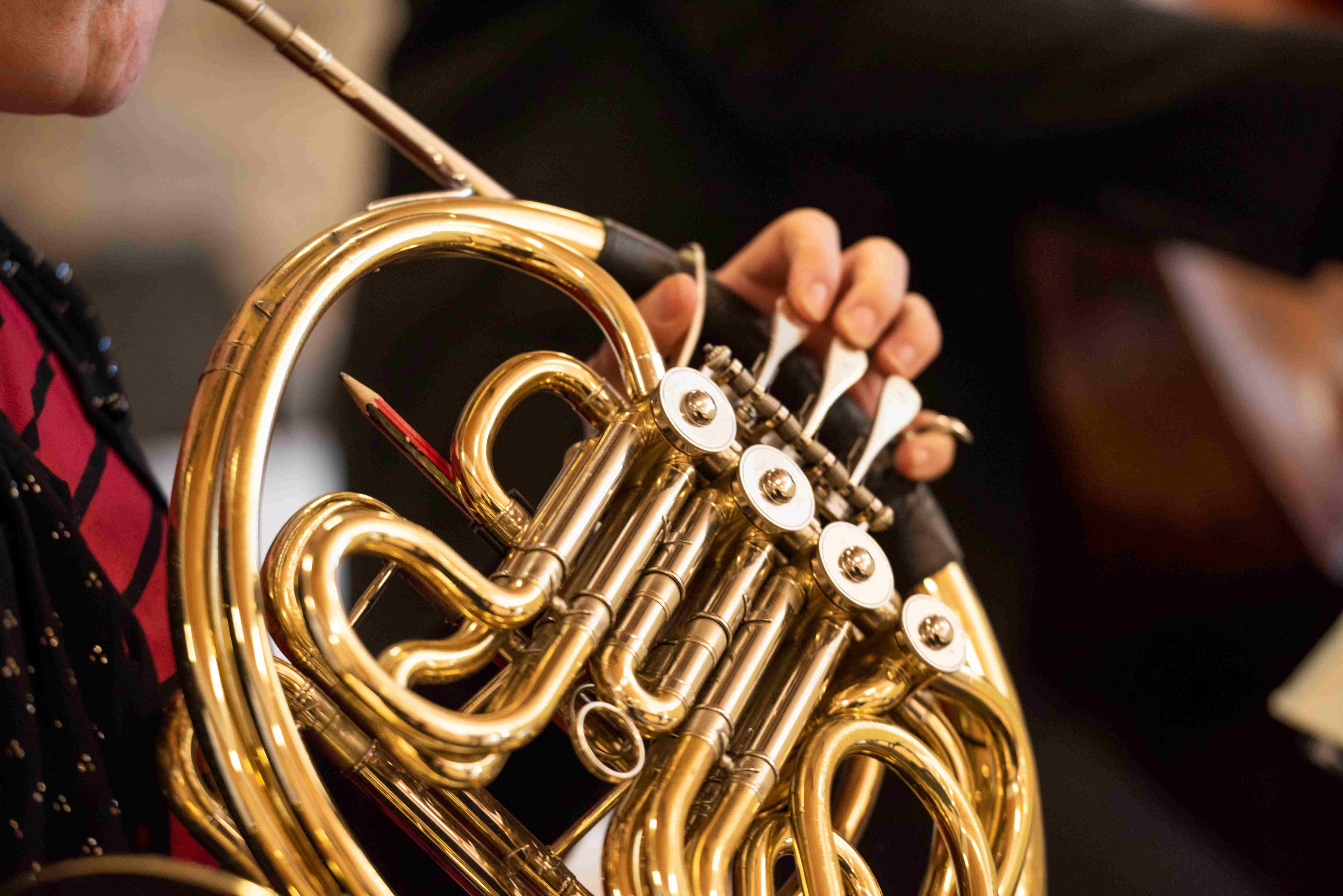Glitters

All that glitters is not gold, discovers one of fair Portia’s suitors in Shakespeare’s The Merchant of Venice. For Derek Jarman, gold elevates colour, imbues it with greater brilliance. This program flies in the face of Shakespeare’s aphorism and revels in the sparkling effervescence of some of the most delightful chamber works for woodwinds.
We open with Beethoven’s Gassenhauer Trio, an early chamber work written flexibly for piano, clarinet (or violin) and cello (or bassoon). The nickname comes from the third movement, variations on a theme from a popular comic opera. Gasse translates to ‘alley’; a Gassenhauer is a catchy tune one might find oneself whistling, the classical equivalent of today’s pop hook.
Each of Ibert’s Trois pièces brèves is a musical gem; together, they showcase the translucent, delicate timbres of the wind family. ‘All systems are valid,’ declared the eclectic composer and arts administrator, whose work ranges from chamber works like these to orchestral composition, ballet, opera and film music.
The program culminates in Louise Farrenc’s C minor wind sextet, an extraordinary piece of nineteenth-century chamber music. There are neoclassical elements in the sextet’s structure, fast sections enclosing a more rhapsodic, adventurous Andante. A piano virtuoso, Farrenc studied with Johann Hummel – himself a student of Mozart and Haydn – and became the first female professor of piano at the prestigious Paris Conservatoire.
Artists
CSO Chamber Ensemble
Repertoire
Ludwig van Beethoven Trio in B-flat major for clarinet, bassoon and piano, op. 11 ‘Gassenhauer’
Jacques Ibert Trios pièces brèves
Louise Farrenc Wind sextet in C minor, op. 40
65 minutes
* Transaction fee will be applied


